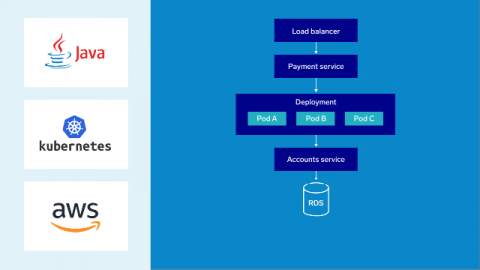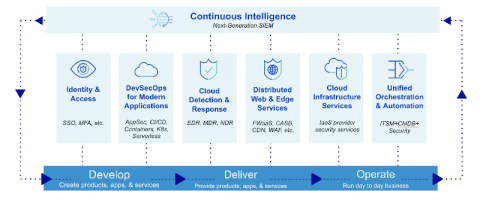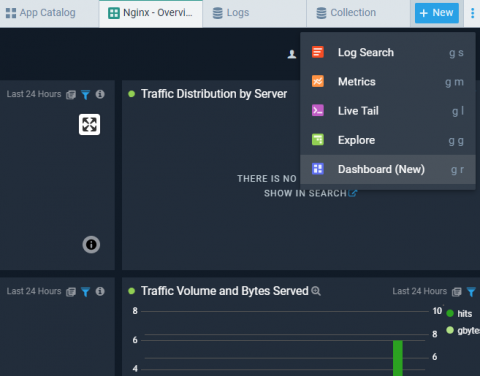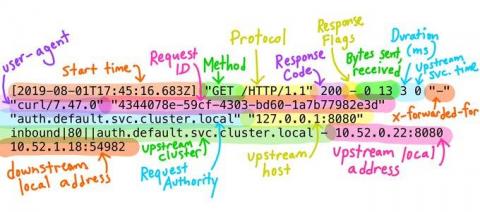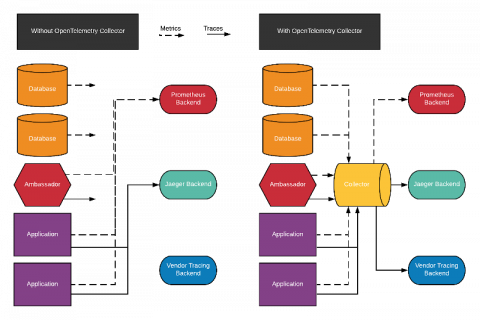Modern App Reliability with Sumo Logic Observability
Platform architects, SREs, developers and DevOps staff for mission-critical modern apps know shaving 15 minutes off service incidents that take 20 minutes to resolve, four times a year, is the difference between meeting a 99.99% availability objective and missing it.


